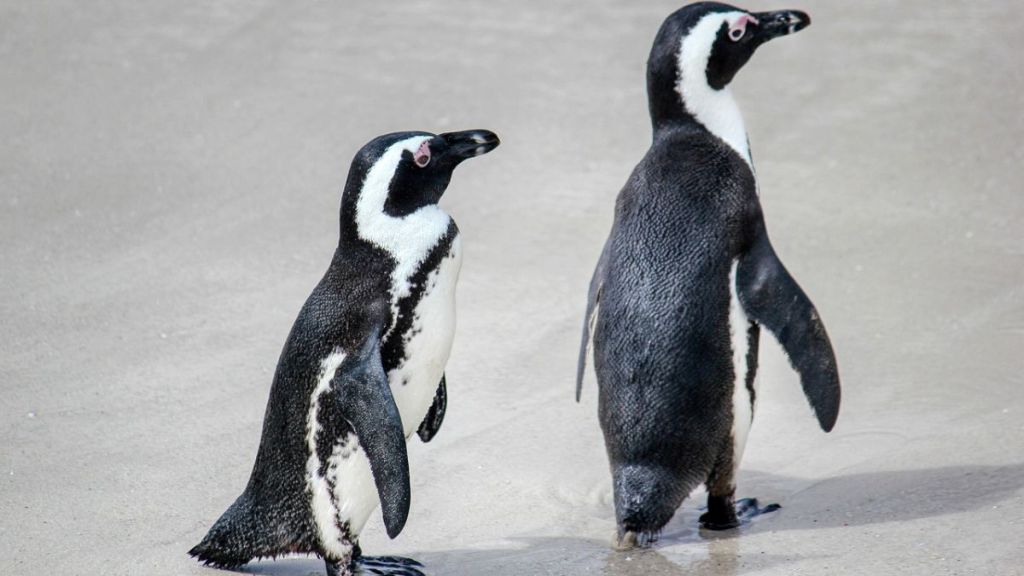The death of one king penguin is suspected to have been due to bird flu on South Georgia island in the Antarctic region, according to a report by the Guardian. This will be the first of the species to be killed by the highly contagious H5N1 virus in the wild if confirmed.
Concerns have been raised by experts about the impact of the potentially devastating disease on remote penguin populations. It has been highlighted that the current breeding season could enable a speedy spread of the virus leading to “one of the largest ecological disasters of modern times.”
The Antarctic was the sole major geographical region where high pathogenicity avian influenza virus had not been previously identified. Birds such as penguins, which had never encountered the virus before, lacked prior immunity, potentially heightening their susceptibility.
Among the affected penguins were king penguins, the world’s second-largest penguin species, standing about 3 feet tall and capable of living over 20 years in the wild. In addition to king penguins, a gentoo penguin succumbed to H5N1 at the same location, and another gentoo penguin was confirmed to have died from the virus on the Falkland Islands, situated 900 miles (1,500 km) west of South Georgia.
Previous outbreaks in South Africa, Chile, and Argentina demonstrated the high vulnerability of penguins to the disease, resulting in the death of over 500,000 seabirds, including penguins, pelicans, and boobies, in South America.
Ed Hutchinson, a molecular virologist at the MRC-University of Glasgow Centre for Virus Research, expressed concern about the introduction of the H5N1 virus into the Antarctic, emphasizing the risk it posed to the delicate ecosystem. While saddened by reports of penguin fatalities, he noted that it was sadly not unexpected.
Diana Bell, emeritus professor of conservation biology at the University of East Anglia, echoed these concerns, emphasizing the potential rapid spread of the virus within penguin colonies due to their colonial social organization.
The threat of avian flu compounds the existing challenges faced by pristine polar ecosystems. A 2018 study predicted that king penguins in Antarctica could face extinction by the end of the century.
Recently, a polar bear succumbed to H5N1, marking the first recorded case in this species. The bear was discovered in Utqiagvik, an area significantly affected by the ongoing global outbreak. Polar bears are classified as “vulnerable” on the International Union for Conservation of Nature (IUCN) red list due to declining sea ice.
The virus also poses a risk to humans, especially those in contact with poultry.


